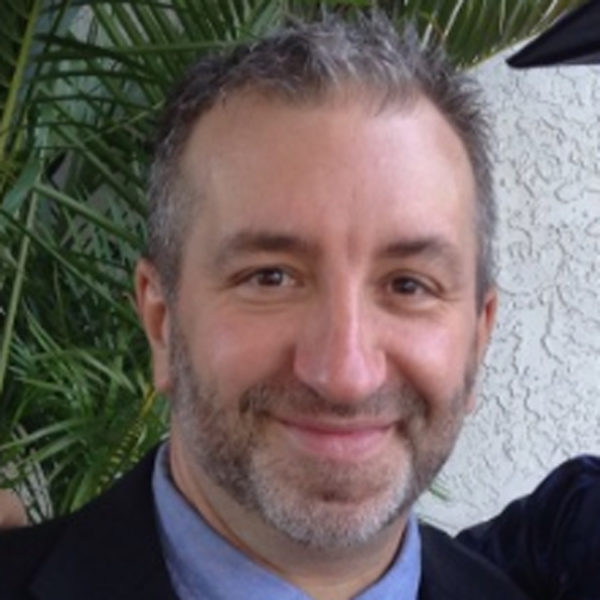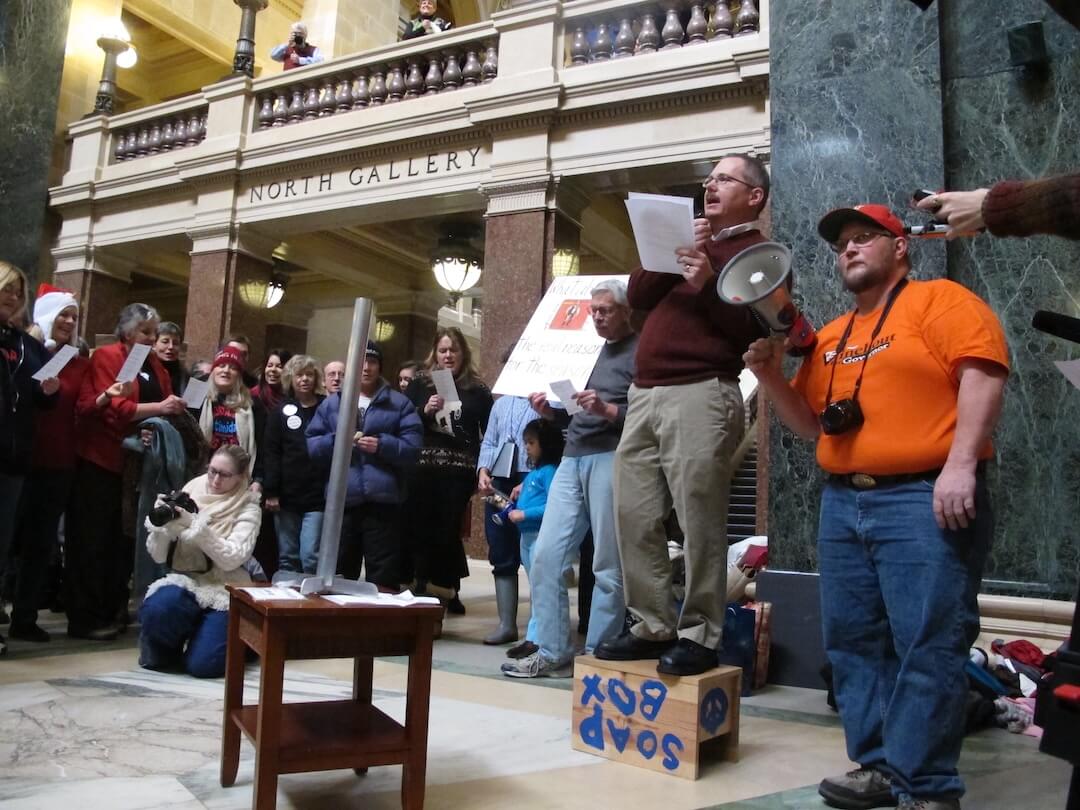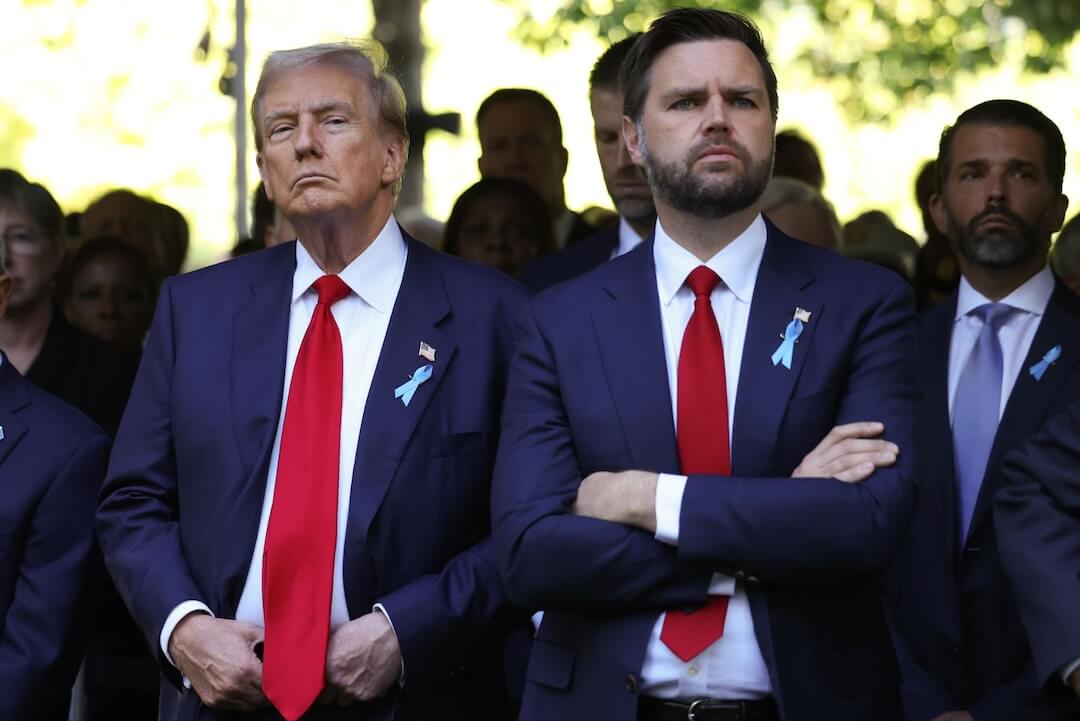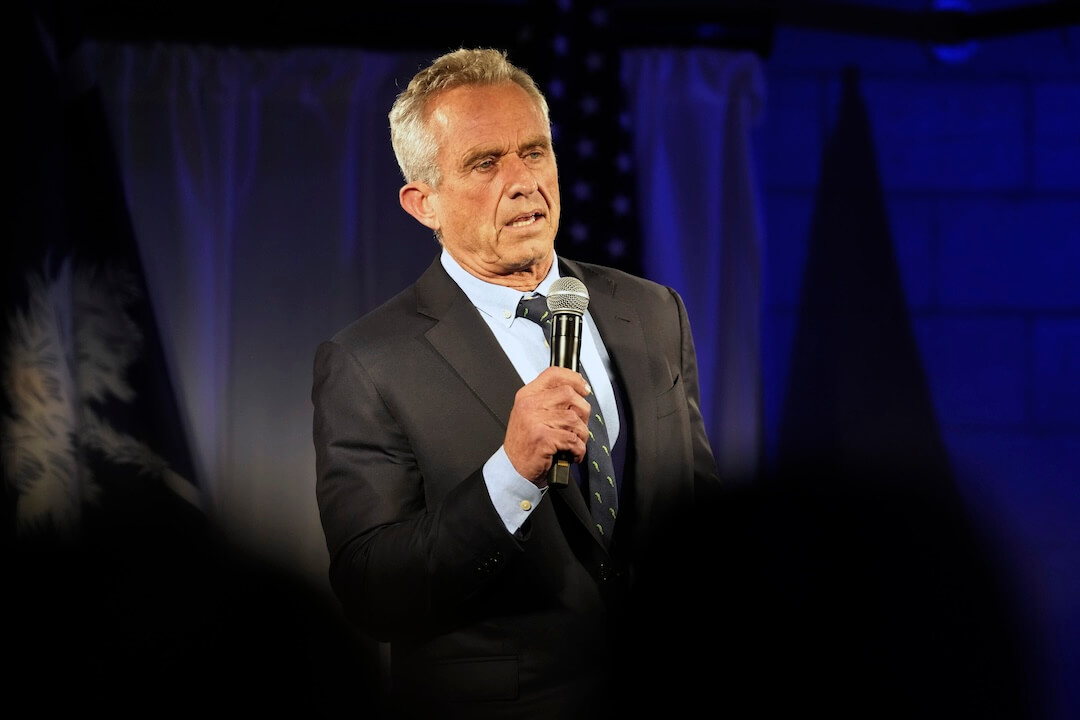Dangerous coverage
Here’s a really good tip for reporters covering the brutally cold weather in the upper Midwest: use a pencil.
“Ink can freeze,’’ said Phillip Pina, deputy editor of local news for the Pioneer Press in St. Paul, Minnesota.
Another good tip? Don’t die.
That’s no joke. With temperatures dipping as low as minus 30 in the Twin Cities and wind chills reaching an unfathomable minus 55 in Chicago, this is weather that can actually kill you. On Tuesday, it was warmer in Antarctica and at the Mount Everest base camp than it was in Minnesota and the Windy City.
“Our biggest rule is to avoid unnecessary risks,’’ Pina said. “Have a plan to keep warm.’’
So how do you cover a story about how dangerous it is to be outside when it’s too dangerous to be outside?
Well, most news organizations start with the basics: closings, emergency updates, warnings and tips. The headline in Tuesday’s Chicago Tribune got straight to it: “Avoid being outside.’’
Along with telling people the dangers of such bitterly cold weather, news outlets offer up such pointers as how tell if you have frostbite, how to keep your pipes from freezing and what to do if you lose power. Those are all stories that can be done in the warm confines of a newsroom.
Eventually, however, news organizations have to get out in the cold. Or do they?
Frank Whittaker, station manager and vice president of news for NBC 5 in Chicago, sent a note to his staff Tuesday morning telling them not to do any live shots outside until temperatures get back above zero.
“We must cover it in a way that is safe for our reporters and photojournalists,’’ Whittaker said. “We will cover the story, but we will keep (them) safe.’’

No live shots does not mean his reporters won’t go outside at all. For the film crews who must get out into the elements, the station is providing hand and feet warmers, car battery jump kits and other cold-weather supplies. But, mostly, reporters must be equipped with common sense.
“Reporters here are used to working in extreme weather, but this story is the ultimate test,’’ said Allie Shah, who is heading up The (Minneapolis) Star Tribune’s coverage. “We tell them to dress in layers, watch the time and don’t stay outside too long. No story is worth risking their safety.’’
News outlets also have to be responsible with their coverage.
“Viewers are smart,’’ said Jennifer Lyons, news director at WGN-TV in Chicago. “They actually get angry if our reporters are outside telling people how dangerous it is to be outside.’’
In the end, news outlets simply have to be safe, ride it out and, when possible, try to enjoy it.
“It takes your breath away,’’ Pina said. “Sure your snot freezes and icicles grow on your lashes and it can get uncomfortable very quickly. But when it is sunny out on days like (Tuesday), we have some of the most clear blue skies I’ve ever seen.’’
The 8,000-pound gorilla
Just how dominant is Fox News when it comes to conservative news outlets? Well, there’s Fox News and then there is everybody else. One industry insider told Poynter media business analyst Rick Edmonds, “They’re not the 800-pound gorilla. They’re the 8,000-pound gorilla.’’
Edmonds talked to Howard Polskin, who runs a website that lists the 40 leading conservative outlets, aggregates a sample of their stories daily and tracks audience numbers. Check out Rick’s story.
Also on Poynter, read Kristen Hare’s story on how The Oregonian spent years working on a report about how a serial killer who got away got away, again and again, with murder.
From politics to TV
CBS announced that former Arizona Republican senator Jeff Flake will join the network as a contributor. Flake is a conservative, but a critic of President Donald Trump. During his appearance on the Tuesday’s “CBS This Morning,’’ Flake said, “I’m not a fan of this president.’’
He also ruled out running against Trump in 2020.
“I always said that I do hope that there is a Republican who challenges the president in the primary,’’ Flake said on the morning show. “I still hope that somebody does. But that somebody will not be me. I will not be a candidate.’’

Meanwhile, former Florida gubernatorial candidate Andrew Gillum announced Tuesday on Twitter that he will join CNN as a political commentator. Despite his loss to Ron DeSantis in last November’s hotly contested race for Florida governor, Gillum is a big enough name in politics to attract a network such as CNN.
And, it would appear, CNN is not bothered by Gillum’s potential ethics troubles, as reported by the Tampa Bay Times. The Times reported last week that an ethics complaint against Gillum is moving forward after state officials found probable cause on five counts that Gillum allegedly accepted gifts during trips with lobbyists in 2016.
Trump returns to the Super Bowl
President Trump will sit down for a Super Bowl interview. Margaret Brennan, host of “Face the Nation,’’ will tape the interview with the president on Friday. Some of the interview will air on Sunday’s “Face the Nation,’’ and some will air on the Super Bowl pregame show at approximately 3:30 p.m. Sunday.
The presidential Super Bowl interview started back in 2004 when CBS play-by-play announcer Jim Nantz, who was in Houston for the game, conducted an interview via satellite with George W. Bush, who was outside on the snow-covered lawn at the White House. Then Barack Obama did the Super Bowl pregame interview all eight years of his presidency. Those were in the White House and done, typically, with news broadcasters.
Trump continued the tradition in 2017, just weeks after becoming president. Fox had the Super Bowl that year and Trump sat down with Bill O’Reilly. However, Trump did not do the interview last year when NBC had the game.
One would guess that another possible government shutdown, border security and a Super Bowl prediction will be on Brennan’s list of questions.
A fresh take on Florida
The University of Florida College of Journalism and Communications has launched “Fresh Take Florida,’’ which it says will provide coverage of Florida state government. Six student journalists, all graduating seniors, will cover executive-branch agency operations and the 2019 state legislative session. It says it will “focus on covering topics of particular impact to North Central Florida, the University of Florida community, including higher education, health care and environmental protection.’’
Students will work out of the Miami Herald/Tampa Bay Times capital bureau, using workspace volunteered by those news organizations. Their stories will appear on WUFT News, the site run by WUFT, a PBS station in Gainesville that is owned by the University of Florida.
Poynter’s ICYMI headlines:
- The Conversation: How Facebook went from friend to frenemy
- Vanity Fair: “We’re trying to grab people by the collar every day.”: Axios, the fast-twitch media darling, is celebrating its second anniversary — and virtual profitability
- Nieman Lab: Why won’t The New Yorker keep you logged in? Mystery: Solved (kind of)
On Poynter.org
- GOP candidates take page from Trump playbook in bashing media. By Bill McCarthy
Upcoming training:
- Webinar: Covering Immigration Enforcement. Deadline: Jan. 31.
- Online Seminar: Web Headlines and SEO Essentials. Deadline: Feb. 5.
From PolitiFact.com:
- Kamala Harris: Criminal justice reformer, or defender of the status quo? The record is mixed. By Louis Jacobson and Chris Nichols
- Checking Howard Schultz’s claim that 40 percent of Americans don’t have $400 in the bank. By Tom Kertscher
PolitiFact is a property of the Poynter Institute.
Want to get this briefing in your inbox? Sign up here.







